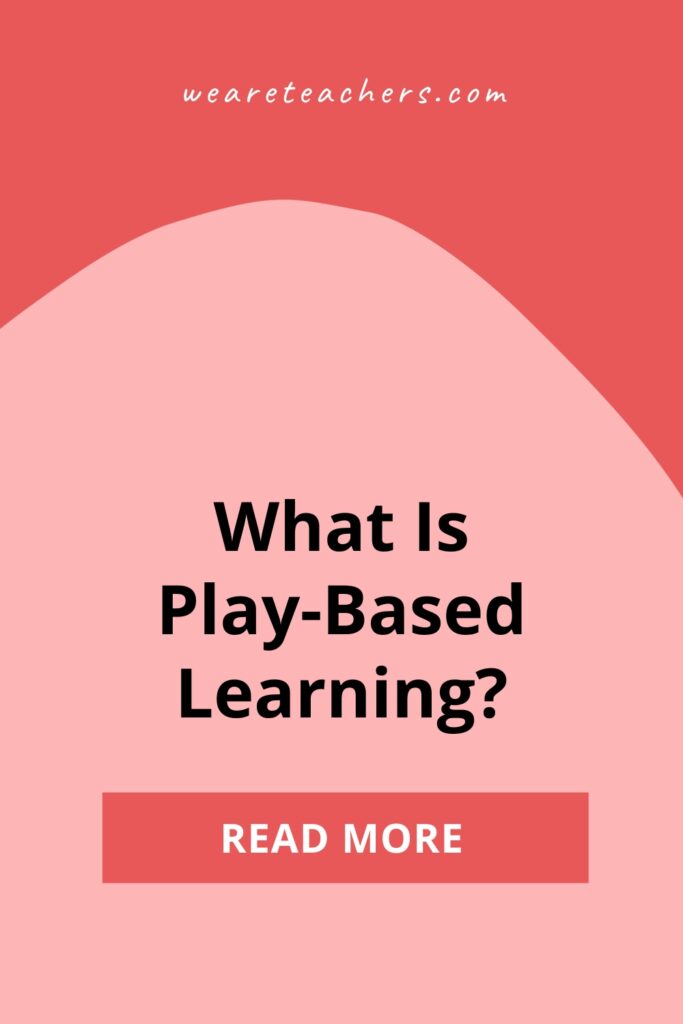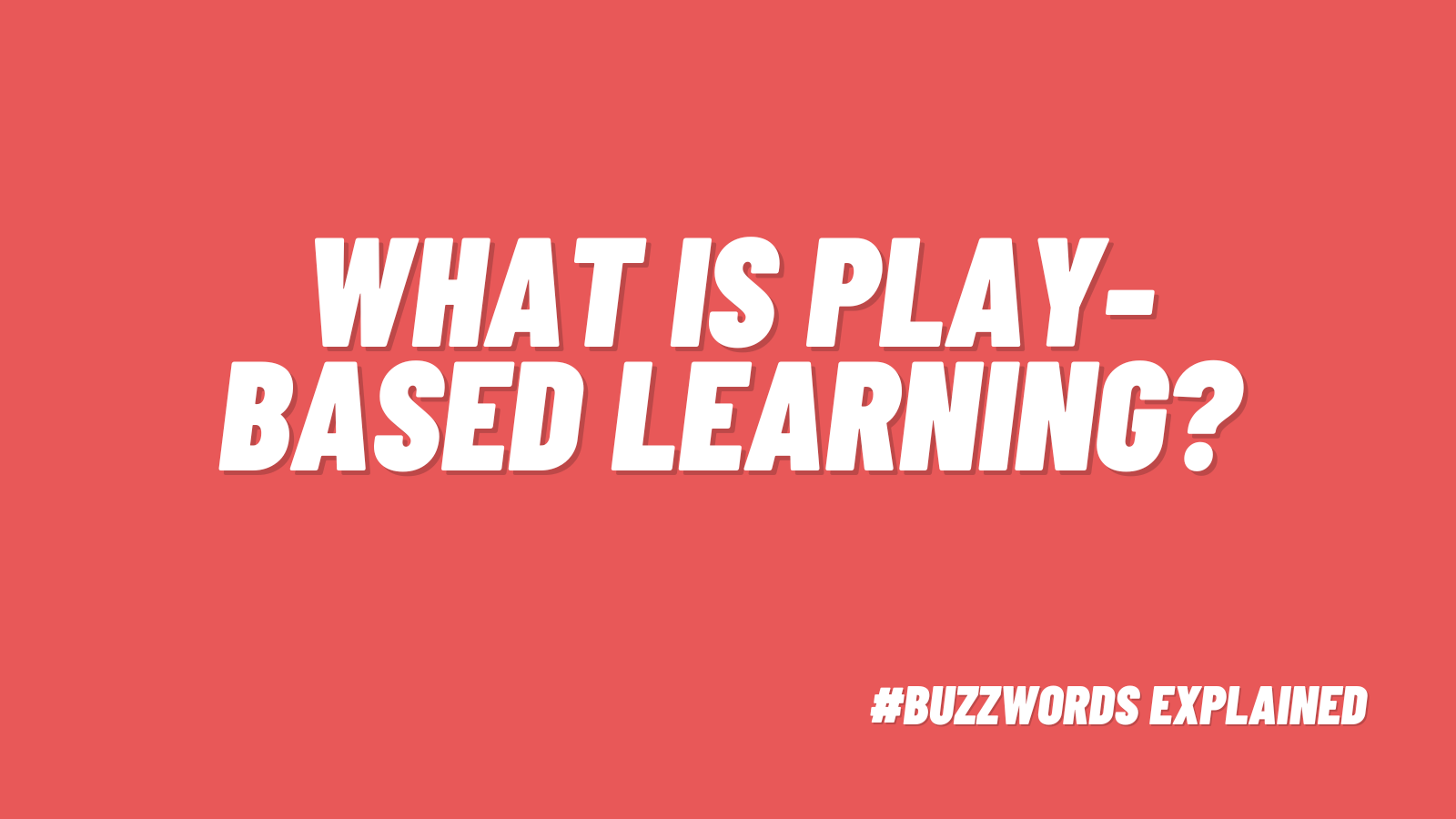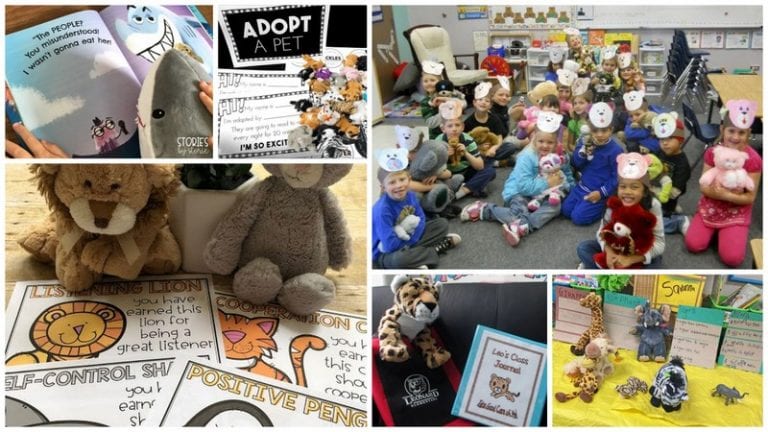As Piaget put it, “Play is the work of children.” Play-based learning encourages kids’ natural curiosity and teaches them important communication and problem-solving skills. Think of the skills it takes to engage in negotiation and planning to create and manage a pretend cafe or build a block castle.
The importance of play isn’t debated, and many early childhood programs take a play-based approach. But what constitutes “play” as well as the full benefits of play are still being defined. So, first things first: What is play?
What is play?
In the research on play-based learning, there two types of play that have been studied, free play and guided play:
Free Play
Free play, unstructured play, or child-directed play occurs without adult oversight. For example, a group of children create an imaginary world, create their roles and rules in that world, and play games in that world, without adults giving any instruction or suggestions.
Guided Play
Guided (or structured) play is play that has some level of teacher involvement or guidance. For example, a teacher helps children incorporate math patterns into children’s pizza parlor play in the kitchen center.
Components of Play
Researcher Dr. Peter Gray defines play with four characteristics:
- Play is self-chosen and self-directed.
- Play is intrinsically motivating.
- Play is structured by the children themselves.
- Play always has an element of imagination.
Watch Dr. Peter Gray explain what kids learn through play.
OK, so what is play-based learning?
Play-based learning is, essentially, learning while playing and through play. The definition of play is still being defined, including what counts as play (does putting together a puzzle that has a set goal count as play the same way open-ended play in the drama does?). One thing that is agreed upon is that not all play creates learning, and that’s OK. Some play is just for fun!
What age is best for play-based learning?
We are always learning through play, but as an educational approach, play-based learning is focused on early childhood. This is because the first few years of life (or the first 1,000 days) are important for kids’ brain development. We know that play shapes kids’ brain structures by building neural pathways and builds the foundation for later learning.
All this means that the early years (preschool and kindergarten) are the optimal time for kids to learn through play. And they will use the skills they employ while playing in future academic tasks.
What do kids learn through play-based learning?
The short answer: everything. Play builds important social-emotional, self-regulation, developmental, and academic skills.
Watch Nathan Wallis explain what kids learn through play-based learning:
The “what” kids learn from play-based learning is extensive. They learn cognitive, physical, emotional, social, and creative skills.
- When kids play, they learn to share, cooperate, communicate, and solve problems.
- Play helps children express emotions in a helpful and healthy way.
- Play builds children’s sense of empathy and relationship building.
- Play builds language skills as children engage with one another and gain vocabulary.
- Imaginative play helps children think outside the box and develop perspective-taking.
- Play builds fine and gross motor skills and coordination, as kids crawl, walk, run, jump, and work with smaller objects during play.
What does play-based learning look like?
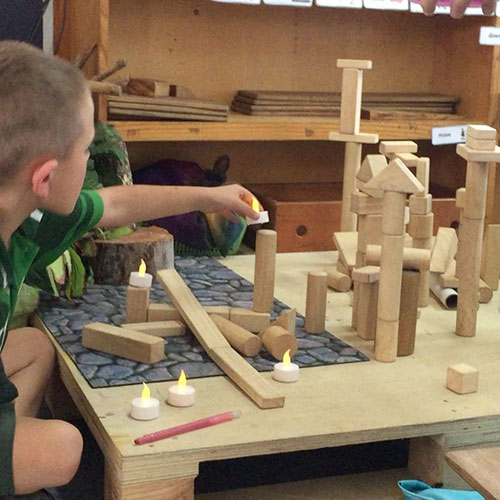
In play-based learning programs, children learn by exploring their own interests. Teachers identify and help students pursue their interests by asking questions, creating play opportunities, and encouraging students to expand their play.
Play-based learning classrooms typically have spaces for different types of play:
- Imaginative play
- Blocks or building
- Natural play
- Reading and writing
- Art materials
These different areas allow students to interact with different play settings and explore at their own pace. Many play-based learning programs also have outdoor classrooms with open-ended play equipment.
What do teachers do in a play-based classroom?
Teachers in play-based programs focus on creating an environment to support play-based learning. That environment is:
- Self-directed: Children decide how and what to play, including how long they want to spend exploring or playing.
- Unstructured: Aside from the classroom rules, children set and manage the rules of their play with minimal teacher guidance. Teachers may step in to help students develop problem-solving or conflict-resolution skills.
- Process-oriented: The focus is on what students are doing, not on the end product.
- Enjoyable: Children feel good about what they are doing, and their work is fun for them.
Watch this teacher guide student-centered play-based learning:
Does play-based learning work?
The short answer is yes.
The research on play-based learning suggests that play fulfills an important role in child development. Researchers have approached play-based learning with a focus on either developmental skills or academic skills. In most research, play-based learning is compared to a more traditional, academic setting (think: kids learning letters and numbers and working through teacher-directed activities).
Developmental skills are social-emotional, general cognitive development, and self-regulation. Play-based learning helps develop these skills as children construct knowledge about the world, make sense of it, and engage in authentic problem-solving through play. Some studies have found that children who engage in more play have stronger problem-solving behaviors compared to children who have been taught in traditional classrooms.
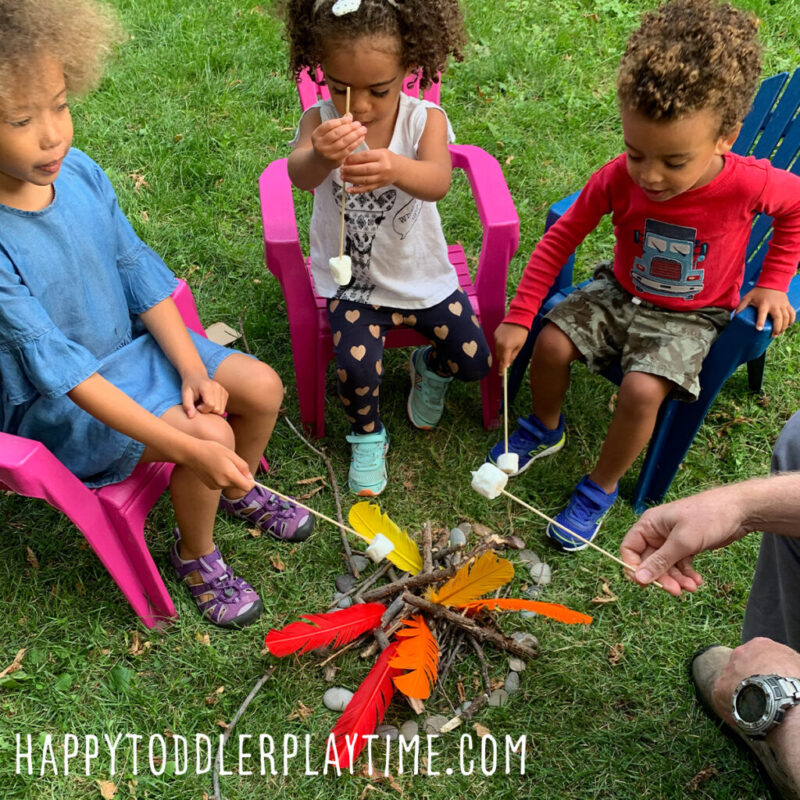
Regarding academics, researchers argue that play-based strategies can be used to teach academic goals by engaging kids in a developmentally appropriate way. Recent studies support academic learning through play-based work. For example, students in classrooms that used a play-based approach with a math program scored higher on math skills than when they engaged in teacher-directed math games. In another study, children who were taught vocabulary words and then were encouraged to use those words in play learned more words than students in a control classroom (one that did not use as much guided play).
So, teacher involvement in some play is necessary to build academic skills, while free play builds general developmental skills.
We still don’t know a lot about how play-based learning works in terms of the optimal role of teachers and the balance of free play and guided play. But for now, teachers can be confident that using a play-based approach is beneficial for kids’ development, both developmentally and academically.
Play-Based Learning Resources
- Play-Based Learning Resources from University of New Hampshire
- How To start With Play-Based Learning from My Teaching Cupboard
- The 10 Essential Areas of a Play-Based Classroom from My Teaching Cupboard
- Saving Play: Addressing Standards Through Play-Based Learning in Preschool and Kindergarten by Gaye Gronlund and Thomas Rendon
- Purposeful Play: A Teacher’s Guide to Igniting Deep and Joyful Learning Across the Day by Kristin Mraz, Alison Porcelli, and Cheryl Tyler
Plus, check out When Should Kids Really Start Preschool?
And get all the latest teaching tips and ideas when you sign up for our free newsletters!
